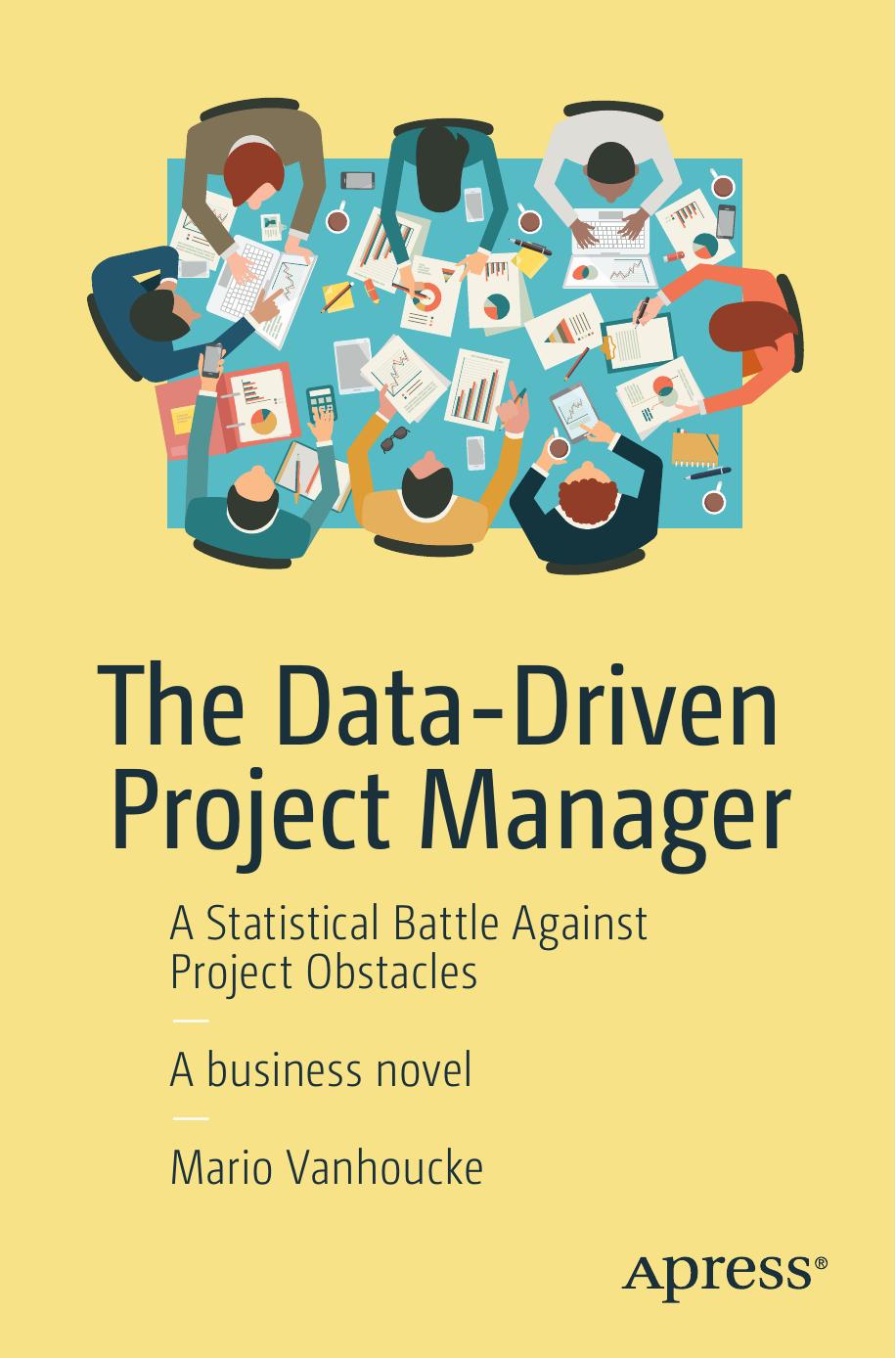The Data-Driven Project Manager by Mario Vanhoucke

Author:Mario Vanhoucke
Language: eng
Format: epub, pdf
Publisher: Apress, Berkeley, CA
Review
Emily started the evaluation by admitting that the buffering approach was meant to be a proposal to discover other possible planning approaches different from the usual business practices, but she stressed that she had no intention of forcing a new approach on the company without spending time critically evaluating its merits and its pitfalls. She realized that implementing this approach would require a fundamental change in mind-set because it entailed convincing people to change their activity-estimating process to an aggressive approach.
“Honestly, I don’t think we are ready for this today, but I believe it’s worth exploring the idea for future projects,” she said.
“I believe that the appropriate sizing of the buffers is crucial to the success or failure of the approach,” Mark added.
“Exactly,” Emily replied. “Sizing buffers at 50 percent of the chain length is a rule of thumb without any sound reasoning.”
“We could easily take other factors into account that might cause delays when sizing the buffers,” Mark added.
“Such as?” Jacob asked.
“The project network structure, the scarce resource availability, the accuracy of the time estimates, the project’s inherent risk, and probably many more,” Mark replied.
“The general idea is that buffer sizes should be enlarged as the potential delays in the chain become bigger,” Emily summarized.
Everybody nodded.
With the promise that she wouldn’t go into the details, Emily said that the previously calculated sensitivity metrics they had proposed in their risk management meeting (the criticality index, significance index, and schedule sensitivity index) could be used to predict the size of the potential delays in the critical chain and feeding chains. “It is my best guess that these sensitivity metrics can be used to size the buffers appropriately according to our knowledge of risk,” she said.
“Food for thought,” Jacob said, “but not for this project.”
“I believe there is a second reason why we should not accept this new approach overnight,” Joanna added. “Since Emily’s proposed plan no longer relies on fixed activity milestones, but rather on flexible activity start times with extra buffers to absorb potential delays, it won’t be very easy to communicate the plan to the client and potential sub-contractors working with our project management consultants.”
“Indeed,” Emily said, “how do you tell a sub-contractor that the starting time for his work is yet to be decided?”
Everybody laughed, recognizing that this would certainly not be the best way to build up a good relationship with GlobalConstruct’s sub-contractors.
“It requires a certain degree of flexibility from everyone, or even a totally different mindset,” Emily added.
“That’s difficult, but not impossible,” Jacob once again concluded, “but certainly not appropriate now at the start of such an important project as our tennis stadium construction project.”
“If the time is not right for accepting this novel idea, despite its promising features, which of the two alternative plans should we select then as the most appropriate for moving ahead?” Joanna asked.
Everybody stared at Jacob. He was the one to make the final decision.
Download
The Data-Driven Project Manager by Mario Vanhoucke.pdf
This site does not store any files on its server. We only index and link to content provided by other sites. Please contact the content providers to delete copyright contents if any and email us, we'll remove relevant links or contents immediately.
International Integration of the Brazilian Economy by Elias C. Grivoyannis(99429)
The Radium Girls by Kate Moore(11978)
Turbulence by E. J. Noyes(7983)
Nudge - Improving Decisions about Health, Wealth, and Happiness by Thaler Sunstein(7662)
The Black Swan by Nassim Nicholas Taleb(7064)
Rich Dad Poor Dad by Robert T. Kiyosaki(6517)
Pioneering Portfolio Management by David F. Swensen(6261)
Man-made Catastrophes and Risk Information Concealment by Dmitry Chernov & Didier Sornette(5958)
Zero to One by Peter Thiel(5736)
Secrecy World by Jake Bernstein(4703)
Millionaire: The Philanderer, Gambler, and Duelist Who Invented Modern Finance by Janet Gleeson(4425)
The Age of Surveillance Capitalism by Shoshana Zuboff(4253)
Skin in the Game by Nassim Nicholas Taleb(4206)
Bullshit Jobs by David Graeber(4143)
The Money Culture by Michael Lewis(4140)
Skin in the Game: Hidden Asymmetries in Daily Life by Nassim Nicholas Taleb(3962)
The Dhandho Investor by Mohnish Pabrai(3729)
The Wisdom of Finance by Mihir Desai(3698)
Blockchain Basics by Daniel Drescher(3544)
